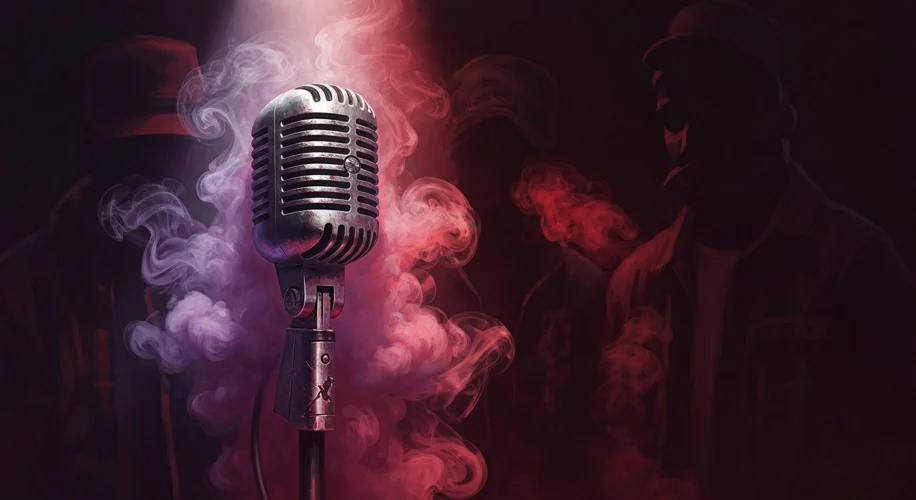The flickering neon sign of a smoky bar, the glint of chrome on a getaway car, the sharp silhouette of a fedora against a rain-slicked street – these are the potent images that have, for decades, been woven into the very fabric of popular culture. But beneath the romanticized veneer, these archetypes often whisper tales of illicit activities, of criminal enterprises that, against all odds, have found their way into the heart of music and art, celebrated and even glorified.
This fascination isn’t a new phenomenon. From the outlaw ballads of old, singing of highwaymen and pirates who defied societal norms, to the more contemporary narratives of gangsters and mafiosi, artists have consistently been drawn to the potent mythology of the criminal underworld. Why this enduring allure? It’s a complex tapestry, woven with threads of rebellion, perceived power, and a stark fascination with those who operate outside the law’s embrace.
Consider the rise of gangster rap in the late 20th century. Artists like N.W.A., with their unflinching portrayals of life in Compton, didn’t just describe the harsh realities of drug dealing and street violence; they often presented these activities as a means of survival, a form of resistance against systemic oppression. Their music, raw and unfiltered, resonated with a generation that felt marginalized, turning figures often demonized by society into anti-heroes. The lyrical prowess and the rhythmic narratives transformed the grim statistics of urban decay into compelling art.

Similarly, the Italian-American mafia, a subject that has captivated Hollywood and musicians alike, offers a rich vein of narrative. Think of the crooners of the mid-20th century, whose smooth melodies sometimes served as the soundtrack to a world of organized crime. The romanticized image of the suave, powerful don, commanding respect and loyalty, often overshadowed the brutal reality of their actions. Films like “The Godfather” cemented this imagery, presenting a complex, albeit fictionalized, portrayal of family, honor, and loyalty within a criminal framework. The operatic grandeur of the narrative, coupled with the almost regal presence of its characters, created an enduring mythos that continues to influence cultural perceptions.
Even seemingly disparate genres can find common ground in this theme. Country music, often seen as the voice of the common person, has its own history of celebrating the outlaw. Johnny Cash’s “Folsom Prison Blues” or Willie Nelson’s “On the Road Again” – while not explicitly glorifying crime – tap into a spirit of freedom and defiance that often aligns with the outlaw archetype. These songs speak to a universal desire for escape, for a life less ordinary, even if that path leads through the shadows.
The societal impact of this artistic trend is multifaceted. On one hand, it can offer a voice to the voiceless, providing a platform for storytelling from communities that have historically been ignored or misunderstood. It can also serve as a cautionary tale, exposing the harsh consequences of a life of crime. However, the danger lies in the oversimplification and romanticization of criminal enterprises. When the allure of wealth, power, and rebellion overshadows the real-world suffering caused by drug trafficking, violence, and exploitation, the line between art and advocacy for crime becomes dangerously blurred.
Examining this phenomenon requires a nuanced understanding. It’s not simply about condemning artists for their subject matter, but about critically analyzing how these narratives are constructed and received. The glorification of criminal enterprises in music and culture is a reflection of deeper societal currents – our fascination with the forbidden, our search for meaning in rebellion, and our complex relationship with power. It’s a siren song that has echoed through history, and understanding its power requires us to look beyond the rhythm and the rhyme, to the complex human stories and societal forces that give it voice.

